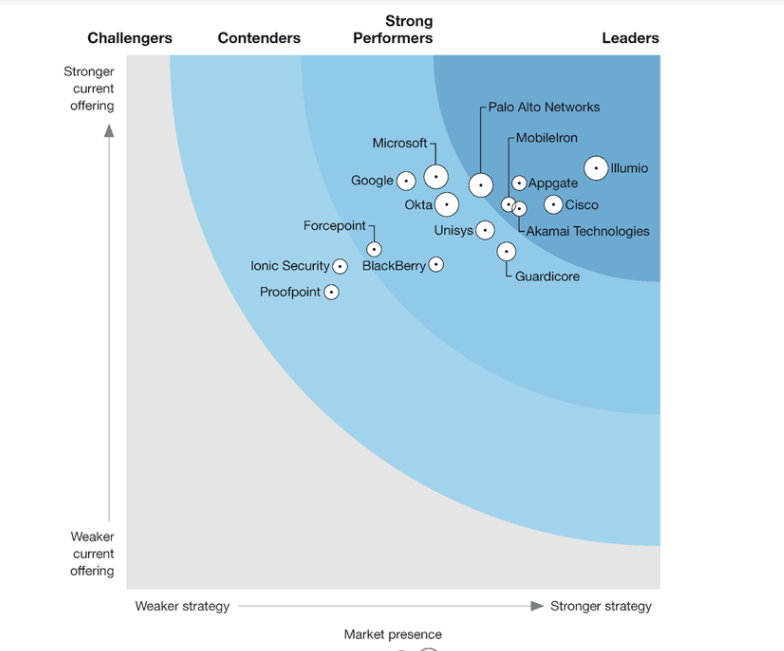QCA9890 and QCA9882 are wireless network chips produced by Qualcomm.
QCA9890 is an 802.11ac Wave 1 wireless chip that supports wireless transmission speeds up to 1.3Gbps. The chip uses 3x3 MIMO technology, has three antennas, and supports 3 data streams. In addition, QCA9890 also supports 2.4GHz and 5GHz frequency bands, and supports Beamforming technology, which can improve signal stability and coverage. QCA9890 is suitable for scenarios such as high-speed, high-quality video streaming and online gaming.
QCA9882 is often used in high-speed, high-density data transmission scenarios, such as enterprise-level Wi-Fi networks, Wi-Fi hotspots in public places, large conference rooms and schools, etc. Because the chip supports Wave 2's MU-MIMO technology, it can transmit data to multiple devices at the same time, which is suitable for high-density device connection scenarios.
QCA9882 is an 802.11ac Wave 2 wireless chip that supports wireless transmission speeds up to 1.73Gbps. The chip uses 2x2 MU-MIMO technology, has two antennas, and supports 2 data streams. In addition, QCA9882 also supports 2.4GHz and 5GHz frequency bands, and supports Wave 2 MU-MIMO technology, which can transmit data to multiple devices at the same time and improve network throughput. QCA9882 also supports Beamforming technology and Multi-User Beamforming (MU-BF) technology under IEEE 802.11ac standard, which can improve signal stability and coverage. QCA9882 is suitable for high-speed and high-density data transmission scenarios, such as enterprise-level Wi-Fi networks and Wi-Fi hotspots in public places.
QCA9890 is often used in scenarios that require high-speed, high-quality video streaming and online gaming, such as home Wi-Fi networks, small business Wi-Fi networks, and personal computers.
Wave 1 and Wave 2 are two standards in wireless communication technology, and they respectively refer to different versions of IEEE 802.11ac. Here are their introductions:
Wave 1 refers to the first version of IEEE 802.11ac, and its maximum transmission speed is 1.3Gbps. Wave 1 uses single-user (SU) MIMO technology, that is, data transmission between one transmit antenna and one receive antenna. In addition, Wave 1 also supports multiple spatial streams (Spatial Stream), that is, using multiple transmitting and receiving antennas for data transmission at the same time. The maximum number of spatial streams of Wave 1 is 3, that is, 3x3 MIMO, which can provide faster transmission speed and more stable signal.
Wave 2 refers to the second version of IEEE 802.11ac, and its maximum transmission speed is 3.47Gbps. Wave 2 adopts multi-user (MU) MIMO technology, that is, one AP can transmit data to multiple devices at the same time, which improves the throughput and efficiency of the network. In addition, Wave 2 also introduces a channel bandwidth of 160MHz and higher-order modulation and coding techniques, which can further improve transmission speed and network capacity.
Generally speaking, Wave 2 has higher transmission speed, higher network capacity and higher efficiency than Wave 1. The MU-MIMO technology of Wave 2 can handle the data transmission of multiple devices at the same time, which is suitable for high-density device connection scenarios. However, the cost of Wave 2 is relatively high, and requires more antennas and complex hardware design. Therefore, in practical applications, it is necessary to select an appropriate version according to specific scenarios and requirements.

*博客内容为网友个人发布,仅代表博主个人观点,如有侵权请联系工作人员删除。
1721030087 阅读:2439